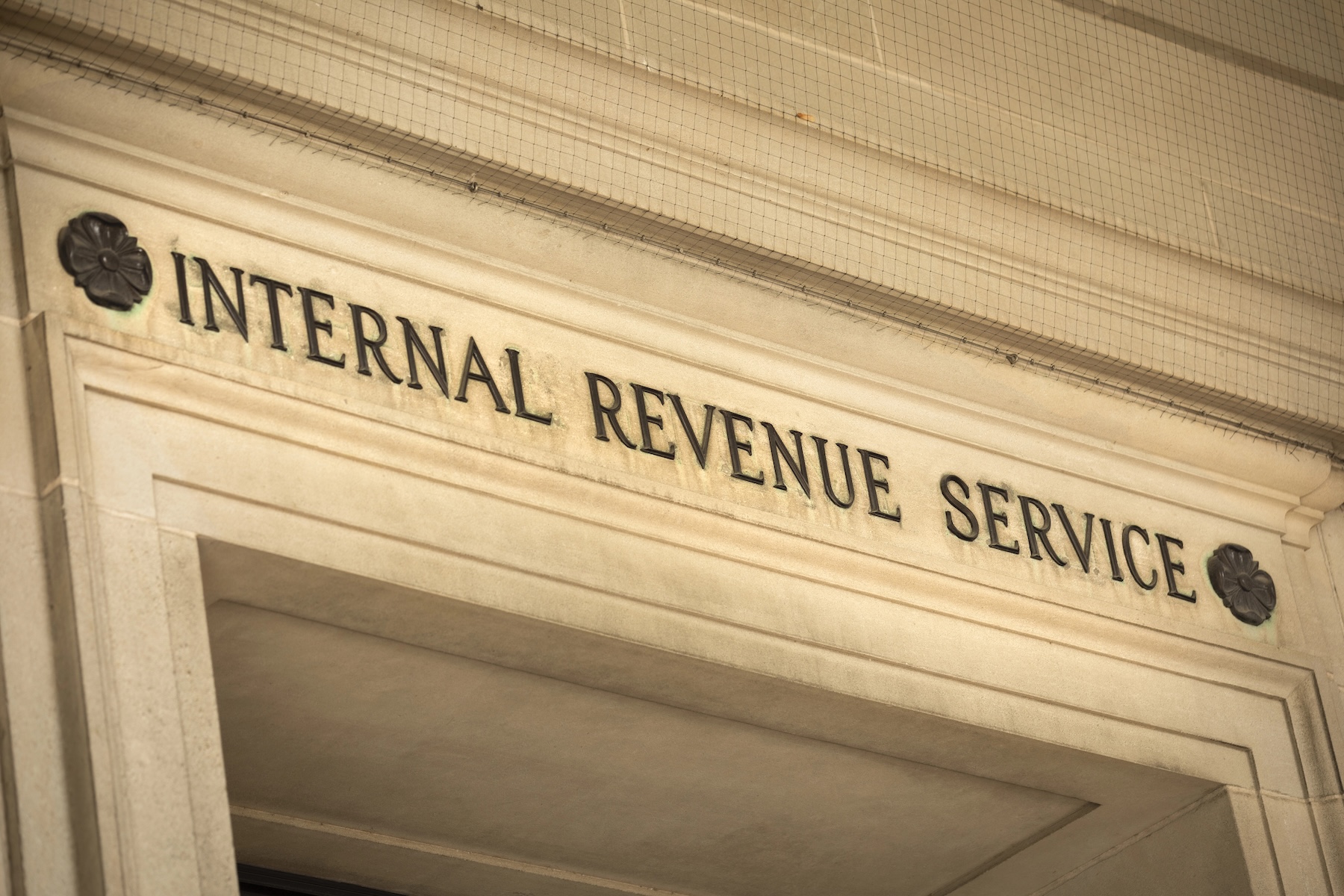IRS Boosts 2026 HSA Contribution Limits


The IRS has announced a modest increase in Health Savings Account (HSA) contribution limits for 2026.
Individuals with self-only coverage will be able to contribute up to $4,400, a $100 increase from 2025. For those with family coverage, the limit rises to $8,750, up from $8,550. These adjustments are tied to inflation and reflect the government’s annual update to keep pace with healthcare costs.
HSAs offer a unique blend of tax savings and investment potential. While not everyone qualifies, those who do can benefit from saving pre-tax dollars, investing those funds tax-deferred, and withdrawing them tax-free for qualified medical expenses. Given these features, the HSA remains one of the most efficient tools for healthcare planning. In fact, we recommend that Americans use the HSA as a “secret IRA”.
To contribute, account holders must be enrolled in a high-deductible health plan (HDHP). For 2026, the minimum deductible of this type of plan for self-only coverage increases to $1,700 (up from $1,650 in 2025), while family plans must carry a deductible of at least $3,400.
The maximum out-of-pocket costs are now $8,500 for self-only and $17,000 for family coverage for a HDHP.
To open or contribute to an HSA, you must be covered by an HDHP that meets the IRS’s definition. These plans trade higher deductibles for lower premiums and are designed to give policyholders more control over healthcare spending.
For 2026:
These thresholds apply to in-network expenses. Out-of-network costs may differ significantly depending on the insurer.
If you’re unsure whether your plan qualifies, ask your insurer directly or check the plan documentation. If you become eligible mid-year, you may still contribute the annual maximum as long as you remain eligible through the end of the following calendar year, thanks to the “last-month rule.”
The main appeal of HSAs lies in their three-tier tax benefit:
Unlike Flexible Spending Accounts (FSAs), HSA funds roll over each year and belong to the account holder permanently. Even if you switch jobs or health insurance plans, your HSA stays with you. People over age 55 can also make an additional $1,000 “catch-up” contribution annually.
For those who can afford to invest their HSA funds rather than use them for routine care, the account can serve as a powerful retirement planning tool. Medical expenses in retirement are often underestimated, and the HSA offers a tax-efficient way to prepare for them.
The 2026 HSA contribution deadline is April 15, 2027. That gives savers extra time after year-end to hit their contribution limit. Many people use this grace period to make last-minute deposits, especially if they receive a tax refund or year-end bonus. It also allows families to “top-up” if you didn’t withhold enough from your paycheck to make the max contribution.
HSAs are also flexible. You can fund them through payroll deductions, direct contributions, or employer contributions. If you haven’t opened an HSA yet, now is a good time to explore options. Many financial institutions offer HSAs with low fees and broad investment choices.
If you’re looking to maximize the benefit, try to contribute early in the year. This gives your funds more time to grow and compound. And be sure to keep receipts: withdrawals for non-qualified expenses are subject to taxes and a 20% penalty (unless you’re over 65, in which case the penalty disappears, but taxes still apply).
Don’t Miss These Other Stories:

Every year, the IRS updates various limits due to inflation. This covers everything from your tax rates and standard deductions...

November is here, and with it comes holiday invitations, travel plans, family expectations, and a quiet pressure to spend money...

An individual’s legacy used to be measured in acres and bank balances. Now? It might be hiding behind a password,...